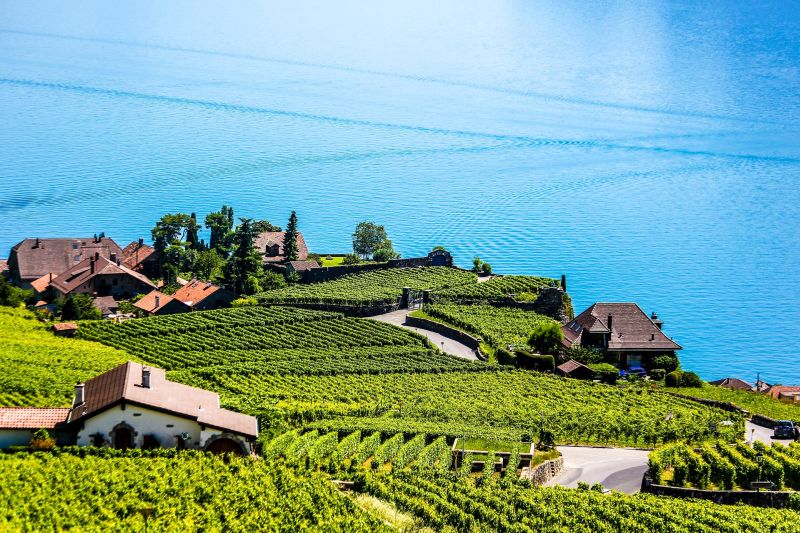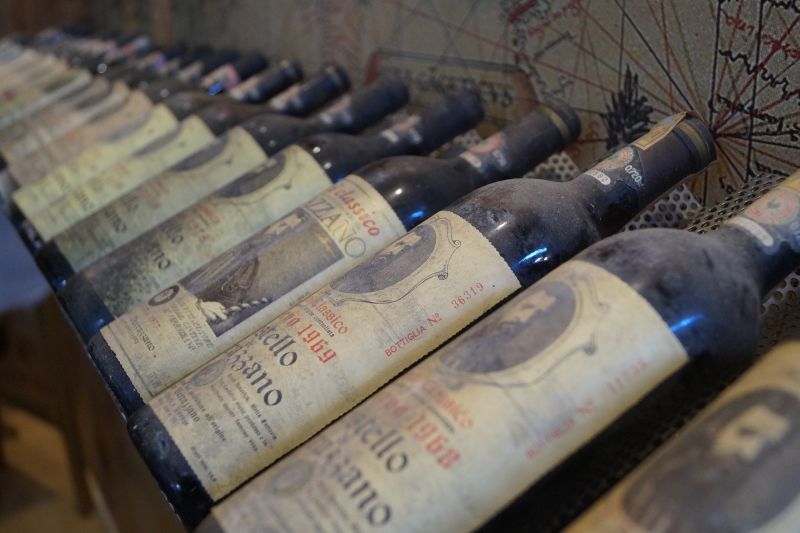Anni e bicchieri di vino non si contano mai – Age and glasses of wine should never be counted
Italian Wine: A Pocket Dictionary

Ordering wine in a foreign language can present difficulties for even the most educated of enthusiasts, and when the Italian cuisine is so startlingly flavourful, it demands the appropriate vintage alongside it…
So, to aid you in your quest for the perfect bottle, what follows is a breakdown of the translation and classification of Italian Wine, with a few useful phrases to help you along the way.
Reading the Label
The Italian classification system, introduced in 1932, mirrors that of French wine so this is applicable there too.
Classification: DOC (Denominazione di Origine Controllata)
French equivalent: AOC (Appellation d’Origine contrôlée)
Translation and conditions: Roughly translated it means “controlled name of origin” and it indicates that this bottle of wine was produced in a select region under stringent production conditions.
Classification: IGT (indicazione geografica tipica)
French Equivalent: Vins de Pays
Translation and Conditions: “Country Wine” – This designation is still restricted to a specific region of the country but the production conditions and vinification guidelines are more relaxed than that of DOC.
Classification: Vina de Tavola
French Equivalent: Vin de Table
Translation and Conditions: Table wine is made from grapes traditionally cultivated in a broad region, and there is no provision for special standards or controls.

Terminology
Unlike French wines, Italian vineyards are rarely named on the label, the name is usually either that of the grape variety or the district where it was made; here are some useful terms to remember.
Cru designates a special vineyard.
Classico wine tends to be from the heartland of the traditional production area, generally the best area of its region.
Riserva denotes a prolonged ageing period resulting in a better quality of wine.
Superiore is slightly higher in alcohol and often aged for a longer period of time.
Imbottigliato all’origine means a wine is estate bottled.

Three Important Facts...
For Zinfandel drinkers it is important to note that the Italian for Zinfandel is Primitivo, although different in name both grape varieties are actually clones of a Croatian grape called Crljenak.
Chianti is named after a region, not a grape variety, it is comprised predominantly of the Sangiovese grape.
Barolo will always be 13%.vol.
(Check back soon for more in our Pocket Dictionary series)
 Italian
Italian
 English
English Spanish
Spanish French
French German
German Norwegian
Norwegian Portuguese
Portuguese Swedish
Swedish Russian
Russian Simplified Chinese
Simplified Chinese Japanese
Japanese

